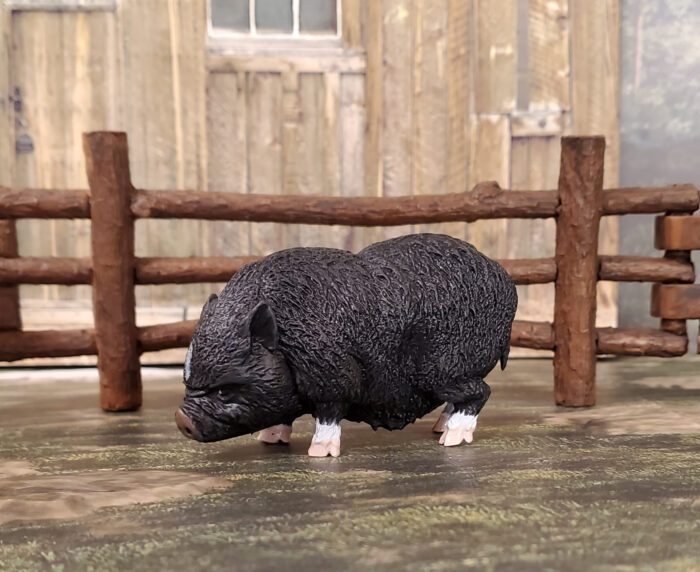The genus Acherontia, whose members are commonly referred to as death’s-head hawkmoths, contains three species broadly distributed in Eurasia and Africa. The greater death’s-head hawkmoth (A. lachesis), which is the largest of the three, occurs in Central and East Asia to Japan and the Philippines; it has also recently become established in Hawaii.
Brand: Papo
Eurasian Spoonbill (Wild Animals by Papo)

Some of my favorite birds are the spoonbills of the genus Platalea within the Threskiornithidae family. Spoonbills are wading birds found on every continent except Antarctica and characterized by the broad, flatted tip on their bills. Sweeping their bill back and forth underwater, spoonbills use their bill tip to gather up small invertebrates, amphibians, and fishes.
Spotted Seal (Marine Life by Papo)
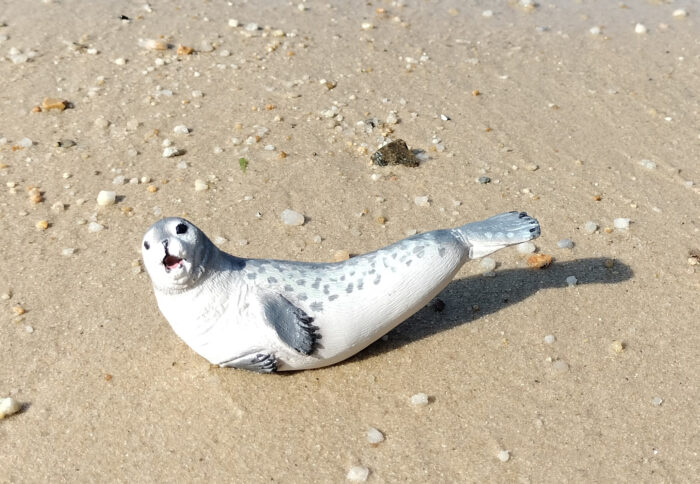
Review and images by JimoAi; edited by bmathison1972
Phoca largha, most commonly known as the spotted or largha seal, is a species of earless seal inhabiting the waters of the Northern Pacific from Alaska to the Yellow Sea. It is sometimes mistaken for the closely-related harbor seal (P.
Cormorant (Marine Life by Papo)
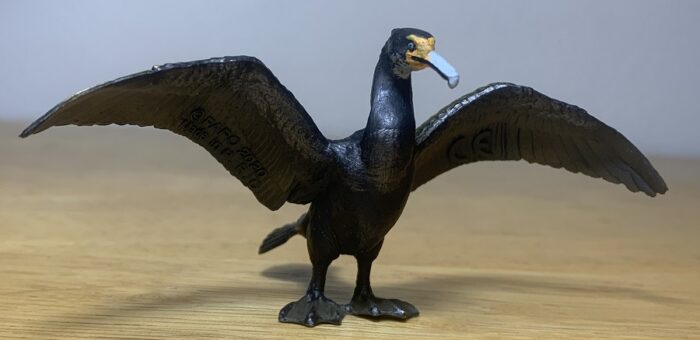
My recent review of the Safari blue-footed booby motivated me to review another Suliforme bird that I featured in a comparison photo in that review, the 2020 Papo cormorant, which is also my most recent acquisition.
Cormorants, along with shags, make up the Phalacrocoracidae family, made up of about 40 species.
Barn Owl (Wild Animals by Papo)

The barn owl is, in my opinion, one of the most beautiful birds of prey in the world. With its white, golden-ash plumage, and uncannily silent flight, there’s an otherworldly allure to these birds; undoubtedly this is why the bird is also nicknamed the ghost owl, and how it’s managed to spook many a farmer or unwary traveler throughout history.
Domestic Muscovy Duck (Farm Life by Papo)
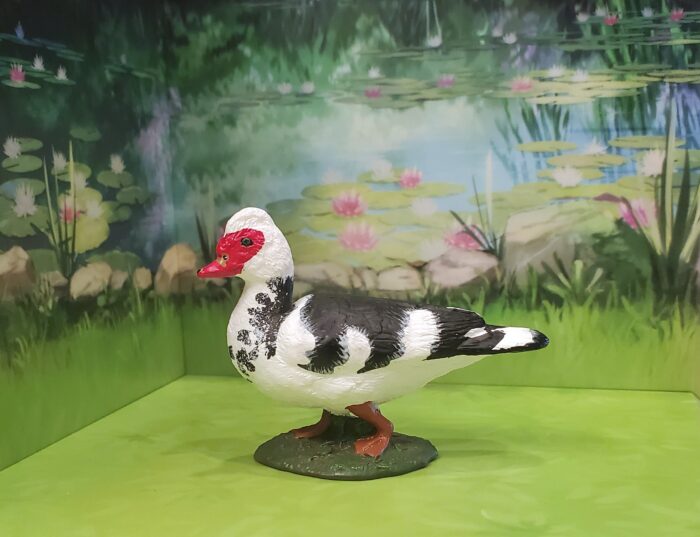
The Muscovy duck (Cairina moschata) is a species of duck endemic to the American tropics, from the Rio Grande Valley of Texas and Mexico south to Argentina and Uruguay. The Muscovy duck was first domesticated in Brazil, prior to European discovery in the late 1490s. It was bred primarily for meat and today it is often referred to as a Barbary duck in a culinary context.
Common Wall Lizard (Garden Animals by Papo)

The common wall lizard, Podarcis muralis, is familiar lacertid that occurs in Central and Southern Europe, from northwestern Spain to the Black Sea of Turkey. They can be found in a wide variety of habitats, from coastal plains to high-altitude mountains, with a preference for rocky microhabitats. Because of this, they have become well adapted to urban and suburban settings, where they live among rocky structures, rubble, and debris.
Tiger, Standing Adult and Cub (Wild Animals by Papo)
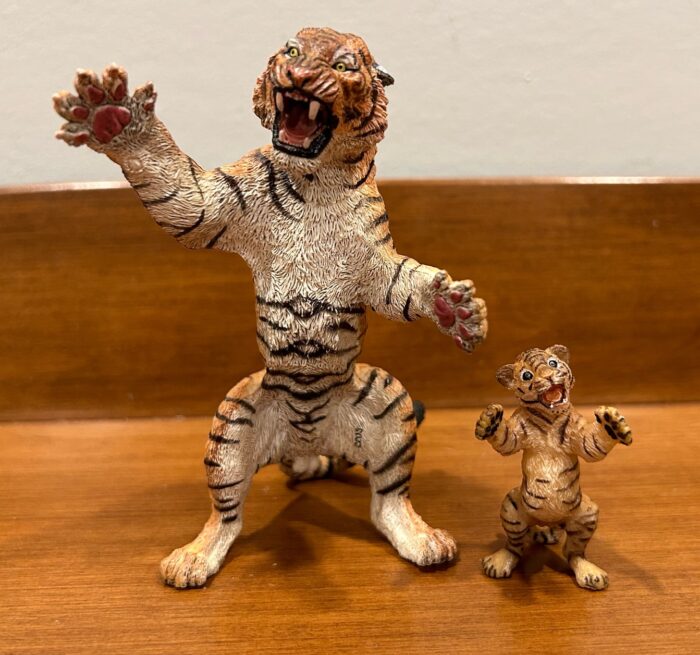
Review and images by Suspsy; edited by bmathison1972
The charismatic Bengal tiger (Panthera tigris tigris) is the nominate tiger species and probably the one that most people envision in their minds when you mention tigers to them. Native to the Indian subcontinent, it rivals the Siberian tiger for the title of world’s biggest living cat.
Salers Cattle, Cow (Farm Life by Papo)

Yesterday, the Blog showcased the 2023 Papo Salers bull. Today we will look at his counterpart, the cow. This cow was originally released in 2005 and retired in 2014, only to be released again in 2019. Today we will be looking at the 2019 release (although it is still stamped with the original production year of 2004).
Salers Cattle, Bull (Farm Life by Papo)
Vietnamese Pot-bellied Pig (Farm Time by Papo)
Elephant Seal (Marine Life by Papo)
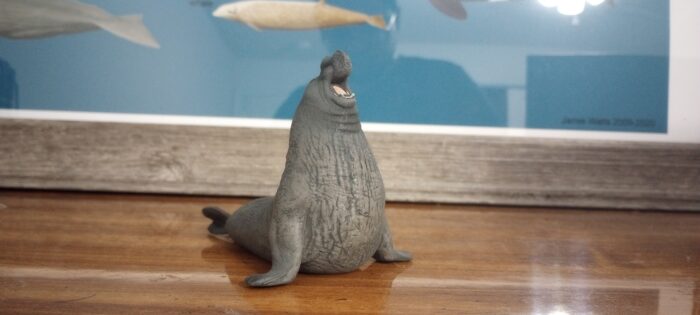
The elephant seals (Mirounga spp.) are easily among the most visually striking pinnipeds. Two species respectively inhabitat the coasts of the North Pacific (M. angustirostris) and Southern Hemisphere (M. leoninae). Elephant seals exhibit the most extreme sexual dimorphism amongst pinnipeds and most mammals.






